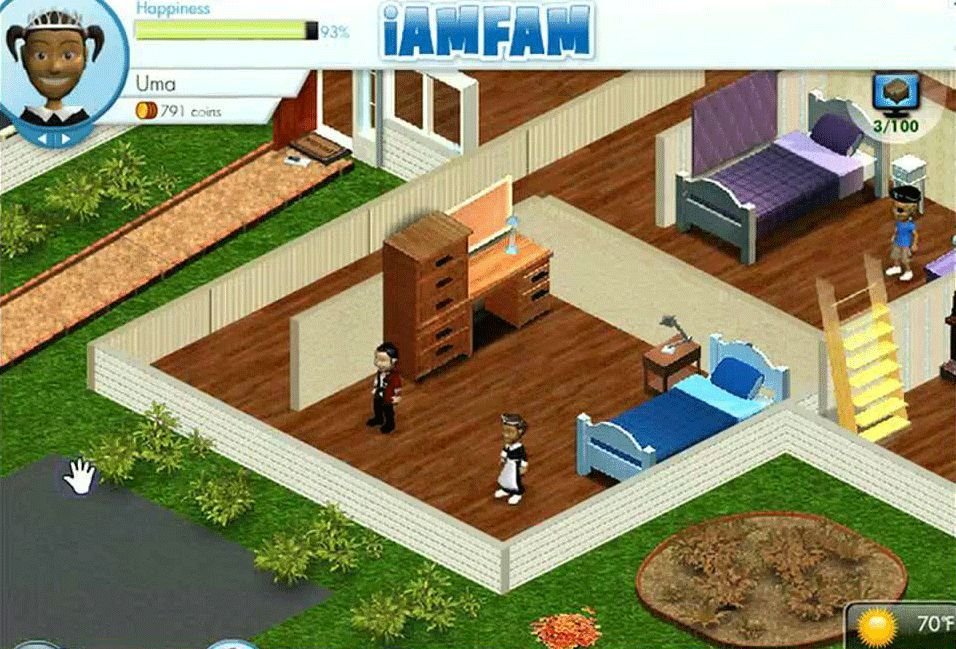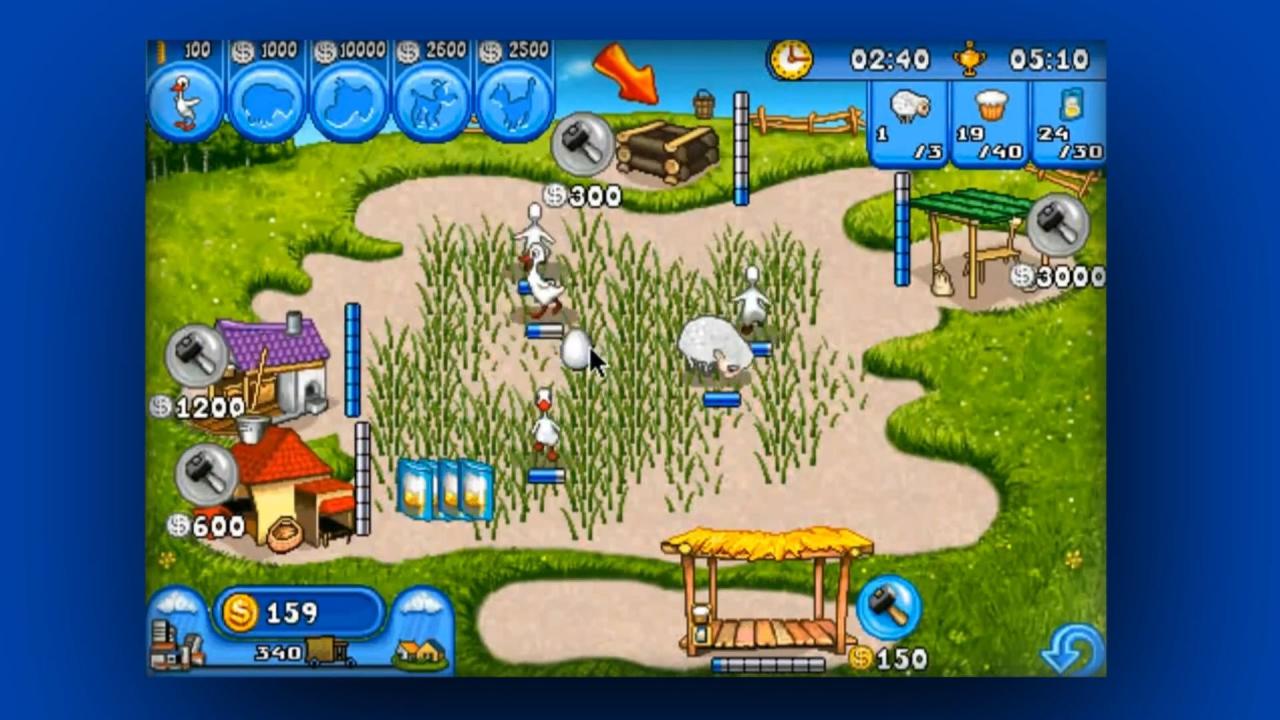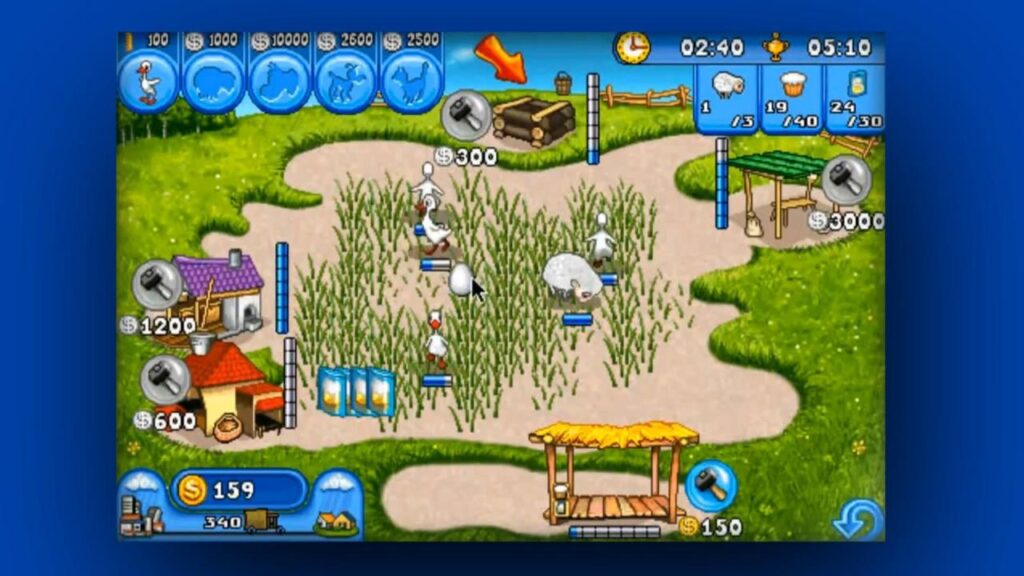Web game sets the stage for this enthralling narrative, offering readers a glimpse into a story that is rich in detail. These games, played directly in web browsers, have evolved significantly from their traditional counterparts, allowing for innovative gameplay and connectivity.
From their inception in the early days of the internet to today’s highly interactive experiences, web games have transformed with technological advancements, becoming more accessible and engaging. They bring a unique blend of creativity and technology, making them an integral part of online entertainment.
Introduction to Web Games

Web games are interactive digital experiences accessible through internet browsers, distinguishing themselves from traditional games by eliminating the need for specific installations or high-end hardware. These games can be played across multiple devices, including desktops, tablets, and smartphones, providing flexibility and convenience for players. The essence of web games lies in their ability to reach a broader audience, enabling casual play without the intricate setups often associated with console or PC gaming.
The history of web games dates back to the early 1990s with the introduction of basic browser-based games like “Snake” and “Minesweeper.” As the internet evolved, so did the complexity and engagement of these games, with the introduction of Flash technology in the late 1990s allowing for more dynamic graphics and gameplay. The transition from Flash to HTML5 marked a significant turning point, making web games more accessible and allowing for richer experiences without requiring additional plugins. Today, web games encompass a variety of genres and styles, showcasing innovative gameplay and high-quality graphics, thanks to advancements in web technologies.
Technological Advancements Influencing Web Game Development
Numerous technological advancements have significantly shaped the landscape of web game development. These advancements have not only enhanced the visual fidelity and interactivity of games but have also streamlined the development process. Recognizing these advancements is crucial for understanding the current state and future potential of web games.
- HTML5 and CSS3: The adoption of HTML5 has revolutionized web development, allowing for robust graphics and multimedia capabilities directly in the browser without the need for Flash. CSS3 has enabled better styling and animations, enhancing the overall user experience.
- JavaScript Frameworks: Frameworks such as Phaser, Three.js, and Babylon.js have simplified game development, enabling developers to create complex games more efficiently. These frameworks come pre-equipped with functionalities that support physics, rendering, and input handling.
- Cloud Gaming: The rise of cloud technology allows for heavy computational tasks to be handled remotely, enabling web games to deliver console-quality experiences without requiring powerful local hardware. This accessibility broadens the player base significantly.
- WebAssembly: This technology allows developers to run code written in multiple languages alongside JavaScript, thereby improving performance and enabling the use of more complex applications and games directly in the browser environment.
- Responsive Design: With the increasing use of mobile devices, responsive design ensures that web games are optimized for various screen sizes. This adaptability enhances player engagement by providing a seamless gaming experience across different platforms.
“The evolution of web games is a testament to the power of technology in enhancing our interactive experiences.”
Popular Genres of Web Games
Web games have expanded significantly in variety and complexity, attracting a wide range of players. Each genre caters to different preferences and gameplay styles, making them appealing to diverse audiences. Understanding these genres provides insight into what makes certain games successful and engaging.
Various genres revolve around specific themes, mechanics, and player experiences. Here, we will explore some of the most popular web game genres, alongside examples and key features that define their charm.
Action and Adventure Games
Action and adventure games combine thrilling gameplay with storytelling elements, often requiring quick reflexes and strategic thinking. These games immerse players in dynamic environments, where they can explore, fight enemies, and complete quests. A prominent example is *Super Mario Bros.*, where players navigate through various levels, overcoming obstacles and defeating enemies. The game features power-ups, vibrant graphics, and an engaging soundtrack that enhances the overall experience.
Puzzle Games, Web game
Puzzle games focus on problem-solving skills and logical thinking. They often involve matching, pattern recognition, or strategy to progress. *Candy Crush Saga* is a quintessential puzzle game, where players match colorful candies to clear levels. Its simplistic yet addictive gameplay, along with social features, has led to its immense popularity.
Role-Playing Games (RPGs)
Role-playing games allow players to assume the roles of characters in a fictional setting, often involving complex narratives and character development. *Runescape* exemplifies this genre, featuring an open world where players can complete quests, trade, and engage in combat. The depth of character customization and real-time multiplayer interactions contribute to its dedicated player base.
Strategy Games
Strategy games emphasize tactical thinking and resource management. Players often build and manage resources while competing against others. A well-known example is *Clash of Clans*, where players construct bases, train armies, and engage in battles with others. The game’s blend of base-building and real-time strategy elements keeps players engaged over extended periods.
Simulation Games
Simulation games recreate real-world activities, allowing players to experience various scenarios. *The Sims* franchise is a classic in this genre, letting players create and manage virtual lives. The intricate details of character interactions and life events create a unique gameplay experience that resonates with many players.
| Genre | User Engagement | Gameplay Experience |
|---|---|---|
| Action and Adventure | High | Fast-paced with immersive stories |
| Puzzle | Moderate to High | Addictive and stimulating |
| Role-Playing | High | In-depth character development and narrative |
| Strategy | Moderate to High | Tactical and resource-focused |
| Simulation | Moderate | Realistic and engaging |
“Each genre offers a unique experience, appealing to different player preferences and styles.”
Through these genres, web games continue to evolve, providing players with diverse experiences that cater to their interests and gameplay preferences. The combination of engaging mechanics and interactive storytelling elements creates a rich tapestry of gaming opportunities online.
Development and Design of Web Games

The development and design of web games is a multi-faceted process that transforms an initial idea into an interactive experience for players. This journey involves several stages, from conceptualization to deployment, and requires a blend of creativity and technical skills. Understanding this process is crucial for anyone looking to create engaging web games.
The development of a web game typically begins with brainstorming and conceptualization. During this phase, game designers Artikel the core idea, target audience, and gameplay mechanics. Once the concept is solidified, prototyping follows, allowing developers to create a basic version of the game. This prototype is essential for testing gameplay ideas and receiving feedback early on. After refining the prototype, the actual production begins, where artists and developers work together to build the game, integrating art, sound, and code. Finally, extensive testing is conducted to ensure the game functions as intended before it is launched to the public.
Tools and Technologies Used in Web Game Design
The selection of tools and technologies plays a vital role in the development of web games. Various programming languages, frameworks, and game engines cater to different aspects of game creation. Here are some of the commonly used tools and technologies:
- HTML5: Essential for structuring web content, HTML5 allows developers to create interactive elements directly in the browser without the need for plugins.
- JavaScript: A key programming language for web games, JavaScript enables dynamic interactions and controls game logic.
- CSS: Cascading Style Sheets are used to style the visual elements of a web game, enhancing the user experience through design.
- Game Engines: Tools like Phaser, Unity WebGL, and Construct provide frameworks for developing games more efficiently, offering pre-built functionality and resources.
- Graphics and Sound Tools: Software such as Adobe Photoshop for graphics and Audacity for sound editing are crucial for creating high-quality assets.
Best Practices for Creating Engaging and User-Friendly Web Games
Creating engaging and user-friendly web games requires careful consideration of design principles and player experience. Here are some best practices that can enhance the overall quality of a web game:
- Focus on User Interface (UI) Design: Ensure that the UI is intuitive, visually appealing, and easy to navigate. Players should quickly understand how to interact with the game.
- Optimize for Performance: Web games should load quickly and run smoothly across various devices. Optimize images and code to reduce loading times.
- Implement Responsive Design: Ensure that the game adapts seamlessly to different screen sizes and resolutions, providing a consistent experience on desktops, tablets, and smartphones.
- Create Engaging Gameplay: The core mechanics should be fun and challenging, encouraging players to keep coming back. Incorporate rewarding systems that recognize player achievements.
- Gather Feedback: After launching, actively seek feedback from players to identify areas for improvement. Regular updates based on user input can enhance gameplay over time.
“Engaging web games are built on a foundation of intuitive design, performance optimization, and continuous player feedback.”
If you’re looking to sharpen your mind while having fun, exploring puzzles online can be a great way to do just that. These interactive games not only entertain but also improve cognitive skills. Whether you’re into crosswords, jigsaws, or brain teasers, there’s something for everyone to enjoy and challenge themselves with online.
If you’re looking to unwind while sharpening your mind, engaging in puzzles online can be a fantastic option. These interactive challenges not only provide entertainment but also enhance your problem-solving skills. With a variety of puzzles available, from crosswords to logic games, there’s something for everyone to enjoy and stimulate their brain in a fun way.


